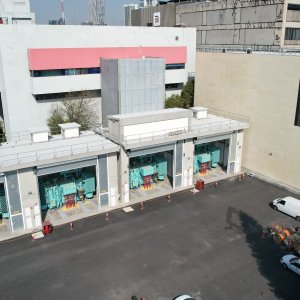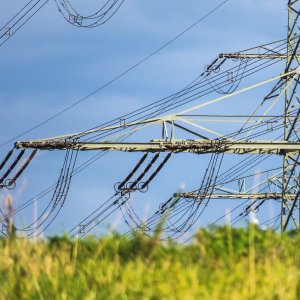The Rebirth of the Geothermal Golder Era

Geothermal is a pioneer, as one of the first renewable energy sources to be applied to electricity generation, not only in Mexico, but in several countries around the world. For instance, it has been used in Italy since the 19th century, while in Mexico it has flourished since 1959. Gerardo Hiriart, President and CEO of ENAL Group, recalls the decline of the geothermal industry’s golden era. “Forty years ago countries like the US, Iceland, Italy, and New Zealand invested heavily in the development of geothermal fields. Unfortunately, this did not endure because the sector was forced to compete with subsidized oil-carbon fuels.” The amount of projects reaching operational levels has depleted, even as new geothermal fields continue to be discovered. Although the sector has lagged behind, Hiriart maintains belief in its potential, “Luckily for the world and for our industry, society began to develop a deeper environmental consciousness. People began to demand better environmental practices and non-polluting sources of energy.” For Hiriart, this explains the reawakening of the industry.
Mexico’s social and cultural development was sparked thanks to geothermal energy. It is estimated that a millennium before the Spanish conquest, many of the settlements, especially those in the central region of the country, were constructed thanks to the proximity of hot springs. At the end of 1959, a geothermal plant with a capacity of 3.5MW was developed in Pathe, Hidalgo, located 300km north of Mexico City. This was the first plant of its kind in the Americas and it was finally taken offline in 1973. Today, CFE operates four geothermal fields with a total installed capacity of over 1,000MW and this is estimated to satisfy the energy demands of 2 million households. The crown jewel is Cerro Prieto, located in Baja California, with an installed capacity of 720MW, and close on its heels is Los Azufres in Michoacan with 194MW.
To generate energy using the earth’s heat is no easy task and the process is far more complicated than other sources. “The latter energy sources do not require exploration, so they do not involve any risk. Geothermal fields must be thoroughly explored and analyzed before being able to ensure their power generation potential,” Hiriart explains. While it can take years for the energy to be harvested, in his eyes geothermal is worthy of all this hard work. ENAL Group is noted for its
exploration capabilities, which enable detection of world class geothermal fields in the country. “We have successfully explored a large number of fields in Mexico over the last few years, and with those, we have confirmed the vast potential Mexico possesses for this type of energy generation.”
Scouring the land looking for pockets of geothermal potential requires solid geological understanding. “With have a solid understanding of the volcanic setting, then geochemistry and geophysics knowledge can be put into practice. These tools are crucial to understanding what is happening underneath our feet; the forces and dynamics, as well as the amount of water trapped underground, define whether there is potential or not,” Hiriart explains. In his eyes the number of areas in Mexico that hold potential for geothermal energy is astonishing. “The most promising region sees considerable volcanic activity, so naturally the Mexican Transvolcanic Belt is the most attractive zone. Another interesting site to explore is Baja California, where the tectonic stresses that
take place propitiate fields such as Cerro Prieto.” ENAL Group has amassed a wealth of knowledge, which it has successfully applied in its projects. “Our flagship project is Domo San Pedro, where we explored for Grupo Dragón, and all five exploratory wells we drilled hit geothermal energy.”
Geothermal holds a distinguished place in the energy matrix. Nonetheless, Hiriart points out that companies in the field must understand the risk during the exploration phase. “An appealing factor is the marginal costs of operations once the plant has been constructed, since large investments are no longer required.” He adds that maintenance costs of the installations are minimal, as are those related to the expansion of the plant’s capacity. The industry is reliant on the performance of other industries. Hiriart explains, “The competitiveness of geothermal is extremely susceptible to the prices of energy commodities. It is hard to enter long- term agreements because clients are expecting the drop in value of certain fuels to make their operations more profitable.” Some companies may be intimidated by such barriers, yet ENAL Group is undeterred in its search to cheapen geothermal. “Hopefully, every industry in the world will put the environment at the forefront of their priorities.”



















